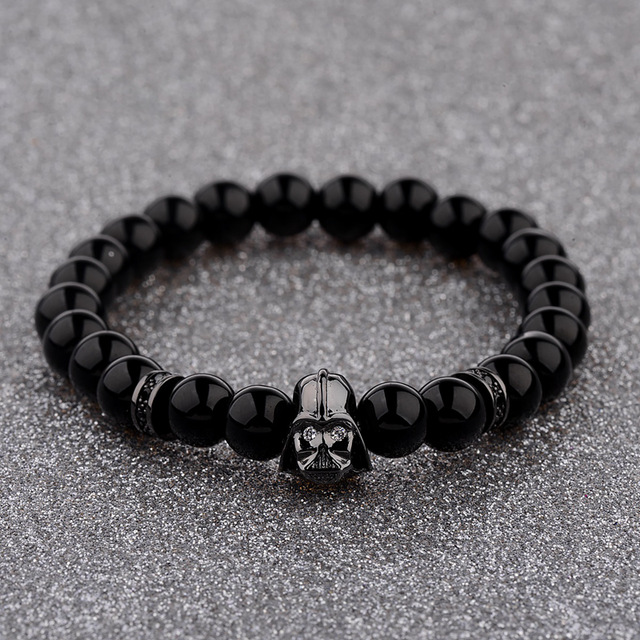Color Theory: Why Does It Matter?
How are colors used in art? Why is color diversity relevant? What are color theories? What is the importance of color theory? We have all the answers!
Color Perception Affects First Impression
What the artist does first is choose the color. Choosing the right color to express your feelings and emotions is very important.
In color theory, colors are organized on a color wheel and grouped into three categories. The artist then chooses primary colors, secondary colors, and tertiary colors from a color wheel.
Of course, it’s all a matter of perception and our senses. For some, blue is a reflection of sadness and loneliness. For others, it stands for freedom because the sky has no limits. Red as the color of love will represent jealousy or blood to many artists.
Colors contribute to giving the best first impression in business, life, etc. Blue is one of the most popular background colors for presentation slides. Despite representing loneliness to some people, it is calming and conservative, so its usage in business is popular.
Red is the warning color. Purple is mystical. Yellow is one of the most attention-grabbing colors. If we exclude the fact that red is the warning color, red is also one of the colors that attract attention and is used for other things.
Remember what colors the team of designers and marketing experts at McDonald’s used. Red, yellow, and blue, right?

These Are Pre-Existing Fundamentals and Rules
It takes 90 seconds for an individual to see whether they like the product or not, and the colors on the products are 90% of the decision. So if you’re serious about your job, you can’t just throw color on color.
Respect fundamentals and rules. You are not allowed to change or skip them. Art theories already exist. Whether you are a theorist or an applied artist, follow them. Whatever art you do, you have to respect the rules.
Let’s think a little about digital art, for example. People see colors in light waves. As we mix the base colors — red, green, and blue — and add light, the color becomes lighter. When we mix all colors, we get the color white.
As in fine art, screens use primary colors. But on screens, these colors are red, green and blue. If we don’t use the correct color process, the image or logo we share anywhere will look muddy. Don’t skip rules!
Your Outputs Are Your Visual Signature
Whether you are a freelance artist or a designer, you should have a style. Also, if you skip educating yourself on art theory at the very beginning, you risk staying uneducated on the topic forever.
The sooner you learn, the more chances are that you will figure out the basics and learn how to experiment fast. You see, when you do graphic design, you can create a masterpiece that brings sales, along with good marketing. And you know what else is responsible for good marketing? Colors, of course.
The importance of colors for design has to be pretty clear by now. While we follow basic rules of color theories and tailor our visual signatures to them, we are on the right path. Color theory is important for success in design, marketing, and developing an individual as a successful designer.
So we are allowed to walk inside the color wheel, which has a variety of opportunities to try. It seems as if a color wheel has never-ending abilities. And it makes it a bit difficult for an artist or designer to find a style of their own.
Powerful Tool for Artists
Color theory is a set of principles that contains guidelines for artists in the act of artistic expression. Color theory is a powerful tool. Some combinations are acceptable, and others are not. And that’s where we draw a line.
We have already mentioned that artists need to respect the rules. A good artist does not cross the border between the beautiful and the grotesque.
Yes, rules sometimes sound boring, but they are necessary. Academic painters, visual artists, and everyone else who understands the basics will recognize whether a work has an artistic value or not by observing it.

If you are doing digital arts (such as graphic design and web design), color theory is beyond important. Knowledge of color theory guides you in your marketing, and it can also help you better understand what your competition is doing.
There are three types of colors, primary (red, blue, yellow), secondary (mixes of primary colors), and tertiary (or intermediate — mixes of primary and secondary colors) colors. Get to know the color theory better, and from there, you can expand your understanding by using it in your work.
Better Understanding of Visual Communication
Visual communication is a way of conveying ideas and information in many forms. So, visual communication is the way artists communicate through their works. And it goes back to ancient times.
People have always used images to communicate. Do you remember the Egyptian hieroglyphics? Words, as well as shapes, can be an effective complement. However, the primary ideas in visual arts are drawings, paintings, sculptures, and many other art objects.
How do artists address the audience? What are they telling them? What are the popular topics? Many use art to express their opinion on a current topic and in response to specific questions. They interfere in politics with a secret message that is dedicated only to certain people. To people who understand.
Often the artist will communicate with his audience through a clear image. He may use a picture of a state leader with some added elements to send a clear message and his opinion about the leadership and current status in the country.
Sometimes he will communicate with their followers through hidden messages that nobody can spot immediately. And he will know that only his like-minded people will notice the messages.
They communicate through elements we may not notice at the very beginning. They communicate through the choice of colors and compositions.













 It’s fun. Clients have repeatedly said that wearing onesie for the first time, I do not want to take it off. Youthful lightness appears in your movements, and smiles appear on the faces of friends around you. You are the brightest on the slope, children enthusiastically shout from a passing car, embarrassed parents come up to you and ask you to tell you where you get such a cool onesie. The onesie look the best on the crowd: a group of friends, a couple of lovers, or parents with children. That is why we offer special conditions for group orders.
It’s fun. Clients have repeatedly said that wearing onesie for the first time, I do not want to take it off. Youthful lightness appears in your movements, and smiles appear on the faces of friends around you. You are the brightest on the slope, children enthusiastically shout from a passing car, embarrassed parents come up to you and ask you to tell you where you get such a cool onesie. The onesie look the best on the crowd: a group of friends, a couple of lovers, or parents with children. That is why we offer special conditions for group orders. As manufacturers and not dealers, carefully try to keep prices for onesie as affordable as possible, without lowering the bar for quality. You are not required to prepay. You do not have to wait a month until Onesie arrives from a distant Chinese province. You are not required to pay if you did not like the costume. Sellers still make free delivery of Onesie in America. But being dependent on fleece suppliers, which, unfortunately, are less flexible, we are forced to raise prices in case of emergency.
As manufacturers and not dealers, carefully try to keep prices for onesie as affordable as possible, without lowering the bar for quality. You are not required to prepay. You do not have to wait a month until Onesie arrives from a distant Chinese province. You are not required to pay if you did not like the costume. Sellers still make free delivery of Onesie in America. But being dependent on fleece suppliers, which, unfortunately, are less flexible, we are forced to raise prices in case of emergency.









 In her book, she explains exactly why these charms are so appealing. In fact, she goes into detail describing the innate beauty these charms bear. Just think about it, there are so many things about them for you to like. They jingle while you walk, they sparkle, they are pretty, and, people simply love coming in close and examining each little charm dangling from the bracelet.
In her book, she explains exactly why these charms are so appealing. In fact, she goes into detail describing the innate beauty these charms bear. Just think about it, there are so many things about them for you to like. They jingle while you walk, they sparkle, they are pretty, and, people simply love coming in close and examining each little charm dangling from the bracelet. After all, jewelry is one of the methods women advertise their status, their power, and social position. Jewelry offers you a way to flaunt, bedazzle, seduce, or woo. And, for all they are, charm bracelets are an incredible feminine autobiography around your wrist. They can express who you are in a subtle way.
After all, jewelry is one of the methods women advertise their status, their power, and social position. Jewelry offers you a way to flaunt, bedazzle, seduce, or woo. And, for all they are, charm bracelets are an incredible feminine autobiography around your wrist. They can express who you are in a subtle way.
 4 out of 5 adults read magazines. (Source: MRI)
4 out of 5 adults read magazines. (Source: MRI) Magazines and magazine ads garner the most attention: BIGresearch studies show that when consumers read magazines they are much less likely to engage with other media or to take part in non-media activities compared to the users of TV, radio or the Internet. (Source: BIGresearch Simultaneous Media Usage Study)
Magazines and magazine ads garner the most attention: BIGresearch studies show that when consumers read magazines they are much less likely to engage with other media or to take part in non-media activities compared to the users of TV, radio or the Internet. (Source: BIGresearch Simultaneous Media Usage Study)

